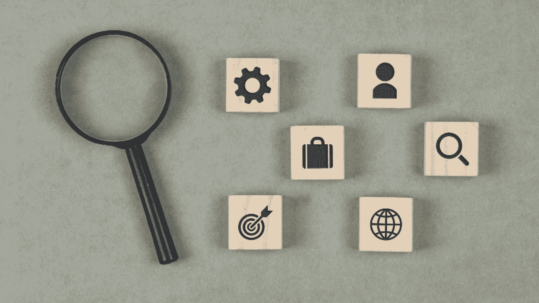
The well-being of employees has never been more important before than today. As companies strive for success, they are increasingly recognizing that mental health plays a critical role in employee satisfaction and retention. Offering comprehensive mental health benefits is not just a trend; it’s a necessity for attracting and retaining top talent.
Prioritizing employee health creates a supportive workplace culture and drives organizational success. By valuing mental health, companies can build a happier, more productive, and loyal workforce. In this blog, we will explore why mental health matters in the modern workplace and how it impacts the company’s success.
Why Mental Health Matters in the Workplace
Employee benefits have evolved from solely covering physical health to encompassing robust mental health support. Mental health includes emotional, psychological, and social well-being, affecting how individuals think, feel, and act. Factors such as job stress, work-life balance, and interpersonal relationships significantly impact mental health in the workplace. It is crucial to proactively address these elements through comprehensive mental health benefits. These benefits enhance employee experience and foster a healthier, more engaged workforce.
The key components of these benefits include counseling services, stress management programs, and wellness initiatives. Flexible work arrangements help reduce burnout, and Employee Assistance Programs (EAPs) support personal and work-related challenges. By prioritizing mental health, companies demonstrate their commitment to employee well-being. This approach attracts top talent and improves retention rates. Happy and healthy employees are more productive and contribute positively to the organization’s success.
The Impact of Mental Health on Employee Recruitment
In today’s competitive job market, attracting and retaining top talent is a primary goal for organizations. Prospective employees increasingly seek workplaces that prioritize their well-being and offer comprehensive support systems.
Mental health benefits, ranging from counseling services to stress management programs and wellness initiatives, signal to potential hires that the company values their employees’ health. This not only differentiates the employer from competitors but also positions them as an employer of choice in the eyes of talented professionals.
Enhancing Employee Retention Rates
Employee retention is a critical metric for organizational stability and growth. High turnover rates can be costly and disruptive to business operations. Comprehensive mental health benefits play a crucial role in fostering a supportive work environment where employees feel valued and supported.
By investing in mental health resources, organizations demonstrate their commitment to employee retention and long-term career satisfaction. Employees are more likely to stay with companies that prioritize their well-being and provide resources to manage stress and maintain mental resilience.
Building a Culture of Well-being
Creating a culture of well-being goes beyond offering benefits—it requires a concerted effort to integrate mental health awareness into the company’s ethos. Leadership buy-in, training programs for managers, and promoting open communication about mental health are essential components of a holistic well-being strategy. When employees feel safe discussing mental health concerns without fear of stigma, they are more likely to seek help when needed and contribute positively to the workplace culture.

Key Components of Comprehensive Mental Health Benefits
- Access to Counseling and Therapy: Providing confidential counseling services allows employees to address personal and work-related stressors in a supportive environment.
- Wellness Programs: Initiatives such as mindfulness sessions, yoga classes, and fitness memberships promote physical and mental well-being, reducing stress and enhancing overall health.
- Flexible Work Arrangements: Offering flexibility in work hours or remote work options supports work-life balance, reducing burnout and improving job satisfaction.
- Employee Assistance Programs (EAPs): EAPs provide confidential assessments, short-term counseling, referrals, and follow-up services to employees experiencing personal or work-related challenges.
Implementing Mental Health Benefits: Best Practices
Successfully implementing comprehensive mental health benefits requires a strategic approach tailored to the organization’s unique culture and workforce demographics. Key considerations include:
Assessment and Feedback: Conducting regular surveys or focus groups to understand employees’ mental health needs and preferences.
Integration with Existing Benefits: Aligning mental health initiatives with other benefits like healthcare and wellness programs to create a cohesive support system.
Training and Education: Providing managers and employees with training on mental health awareness, resilience-building, and destigmatization.
Measuring Impact: Establishing metrics to evaluate the effectiveness of mental health initiatives in improving employee well-being and organizational outcomes.
Investing in Employee Well-being for Future Success
The decision to prioritize comprehensive mental health benefits is a strategic move and a commitment to fostering a healthy, engaged, and productive workforce. By addressing mental health proactively, organizations attract top talent, enhance employee retention rates, and build a resilient workplace culture.
Mental health benefits are a defining factor in talent acquisition and retention that separates forward-thinking organizations. Embracing this trend not only aligns with ethical responsibilities but also positions companies as leaders in employee well-being. As you continue to refine your workforce strategies, consider the impact of prioritizing mental health—a decision that resonates beyond the workplace to the lives and futures of your employees.
To receive and stay updated about related content:





